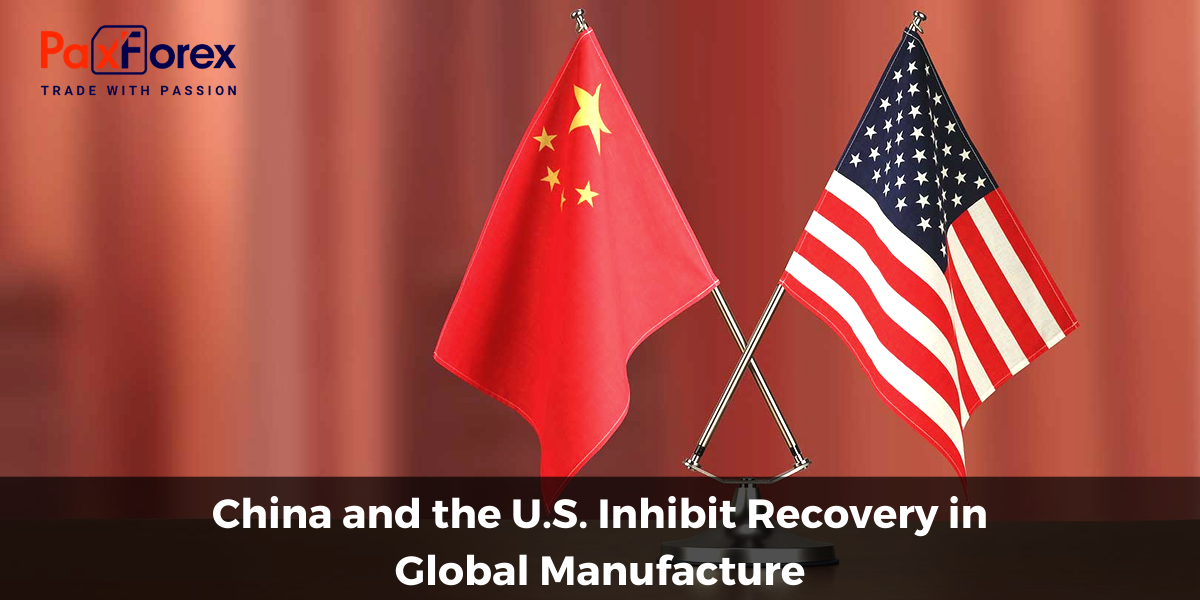
Slow growth of the Chinese and American manufacturing sectors forced to worry about the global economy, despite the fact that European producers started well this year.The growth rate of China's factory sector slowed to a six-month low, while the service sector of the country grew at the slowest pace in five years.
The weakening of the economic pillar of Asia portends trouble for the markets and the world economy. It concerns about growth in China were behind the recent sale of assets of emerging markets, as many countries depend on Chinese demand for exported goods.
Production in the U.S. has slowed significantly in January, as the increase in the number of new orders fell to its maximum in 33 years, although some economists say that part of the reason for this is the extremely cold winter.
“There was a very weak data. It’s hard to find any good news. It looks like a general decline but it is unknown to what extent this is due to the weather.” said Paul Zemsky of ING Investment Management.
Decrease in the index of national manufacturing activity of the American Institute for Supply Management to 51.3 points is the lowest level since May. However, most economists still believe that the U.S. ahead of other developed countries.
“This, together with the possible impact of a sharp rise in inventories and exports in the fourth quarter, may mean that the U.S. economy has temporarily lost some of the momentum early in the year,” said Harm Bandholts of UniCredit Research. “But, in any case, it will be only a short-term deviation." he added.
A separate report from Markit showed that manufacturing grew more slowly in January after acceleration to 11-month high in December. Messages from American automakers on selling cars also indicated a loss of momentum.
Analysts are most encouraged by the situation in Europe, where the final index of the manufacturing sector by Markit rose in January to 54.0 points from 52.7 points in December. The last time the index rose so high in May 2011.
“Major area of uncertainty in the last few years has been the Eurozone, but the latest PMI figures confirm that it is moving towards a smooth recovery, while the periphery is also gaining momentum.” said Philip Shaw of Investec.
This rise was due to the sharp acceleration in Germany and economic revival in the peripheral countries of the region. However, France, the second largest economy in the Europe, still slows down the recovery.







